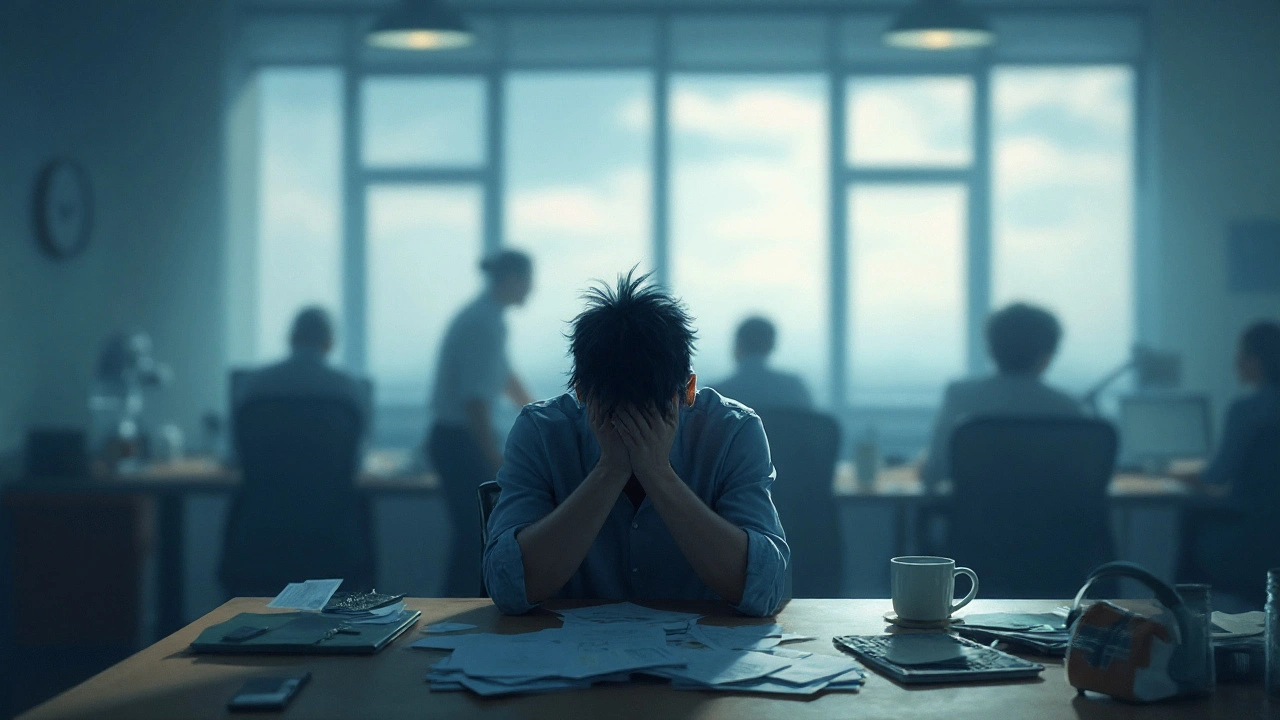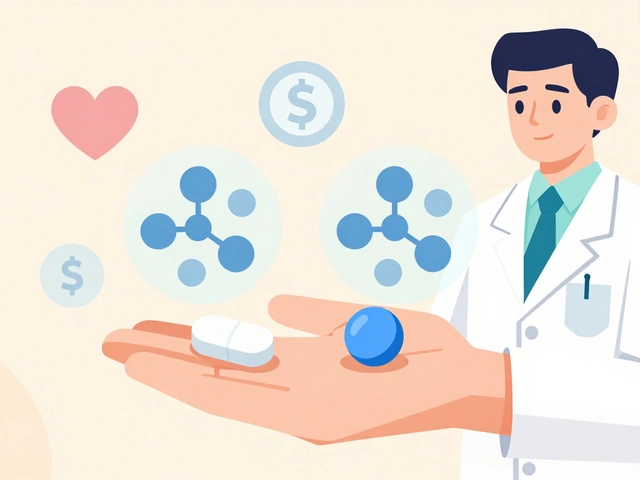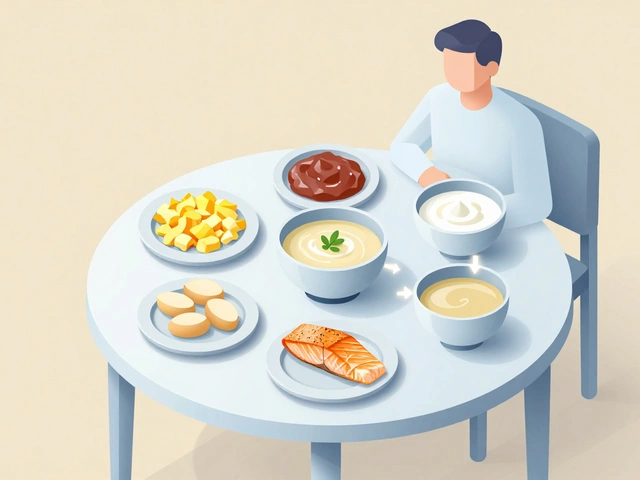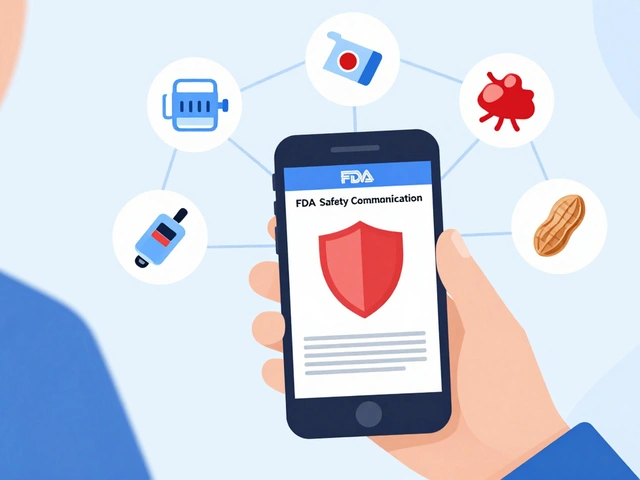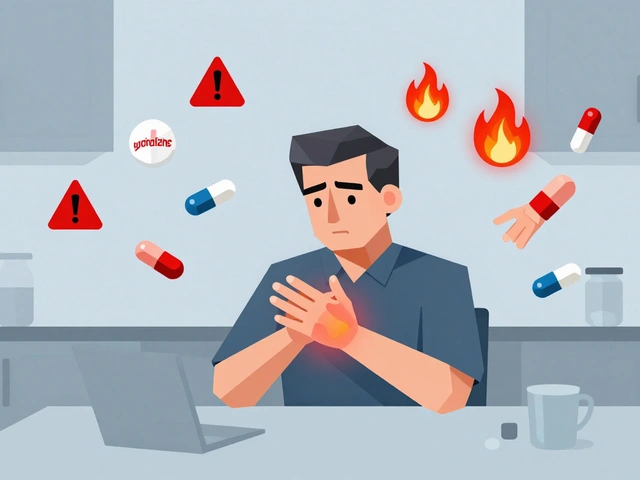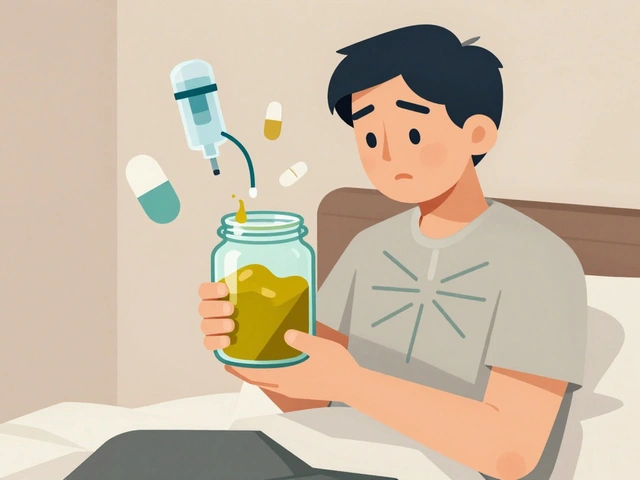Major Depressive Disorder: What You Need to Know
Ever feel like the clouds won’t lift, no matter what you try? That persistent low mood could be more than just a bad day – it might be major depressive disorder (MDD). It’s a common mental‑health condition, but many people don’t recognize the signs early enough.
Spotting the Signs
MDD shows up as a mix of emotional and physical symptoms that stick around for at least two weeks. You might notice:
- Constant sadness or emptiness
- Loss of interest in hobbies you once loved
- Changes in appetite – gaining or losing weight
- Sleep problems, like insomnia or oversleeping
- Feelings of worthlessness or guilt
- Difficulty concentrating or making decisions
- Thoughts of death or suicide
If you tick several of these boxes, it’s worth talking to a health professional. Early detection makes treatment a lot easier.
How Doctors Diagnose MDD
Doctors use the DSM‑5 criteria, which basically means they check if you have at least five of the symptoms above, and that they cause real trouble in work, school, or relationships. No blood test can confirm depression, but doctors might order labs to rule out thyroid issues or vitamin deficiencies that can mimic mood problems.
Once diagnosed, the next step is a treatment plan that fits your life.
Medication Options You Might Hear About
Antidepressants are often the first line of treatment. Here are the most common types:
- SSRIs – drugs like fluoxetine (brand name Prozac) boost serotonin levels. Our site even has a guide on how to buy generic Prozac online safely if you’re looking for a cost‑effective option.
- SNRIs – such as venlafaxine, target both serotonin and norepinephrine.
- Tricyclics – older meds like doxepin, which also have an environmental footprint you can read about in our article on the impact of doxepin production.
- atypical antidepressants – like bupropion, which works differently and can help with energy levels.
Some people also use anxiety‑focused meds like Buspar (buspirone) when worry compounds their depression. Our Buspar uses, benefits, and side effects piece breaks that down in plain language.
Therapy and Lifestyle Tweaks
Medication works best when paired with psychotherapy. Cognitive‑behavioral therapy (CBT) helps you spot negative thought patterns and replace them with realistic ones. Even short weekly sessions can make a big difference.
Don’t underestimate the power of daily habits:
- Regular exercise – 30 minutes of brisk walking can lift mood chemicals.
- Balanced diet – foods rich in omega‑3s, like fish, support brain health.
- Good sleep hygiene – keep a consistent bedtime and limit screens before sleep.
- Social connection – talking with friends or joining a support group reduces isolation.
These tweaks aren’t a cure, but they give your brain a better environment to recover.
When to Seek Immediate Help
If you ever think about harming yourself, call emergency services or go to the nearest hospital. You’re not alone, and help is just a call away.
Major depressive disorder can feel overwhelming, but with the right mix of medication, therapy, and lifestyle changes, many people regain a sense of normalcy. Use the resources on AllGenericMedicine to learn more about specific drugs, safe online purchases, and evidence‑based therapies. You deserve support, and the first step is reaching out.
Explore how Major Depressive Disorder reduces workplace productivity, the hidden costs of absenteeism and presenteeism, and practical steps employers can take to support affected staff.
Continue reading...

